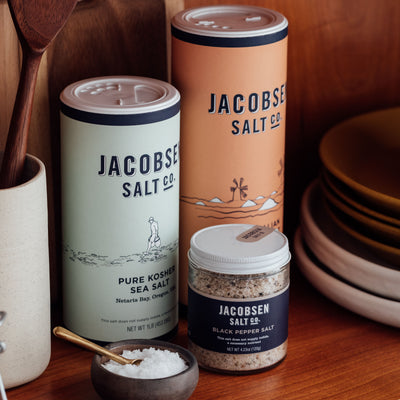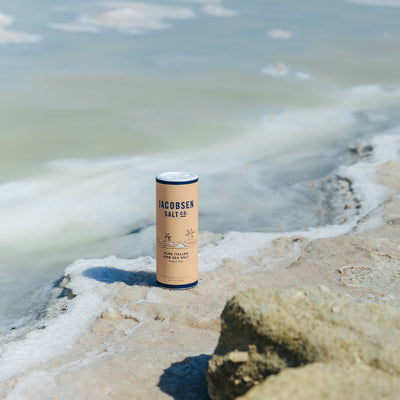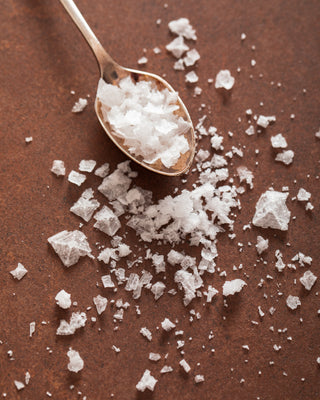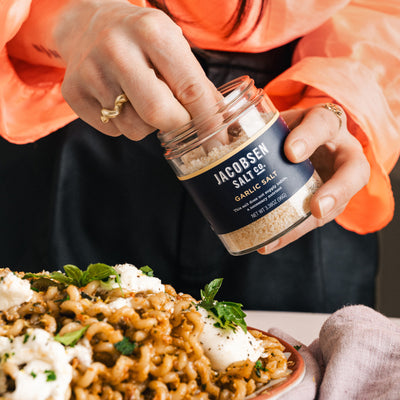The Jacobsen Salt Difference


Searching through the miles of inlets, coves and bays off the Pacific Coast to find the perfect spot to build our saltworks, founder Ben Jacobsen was intent on finding the location that would produce a perfect sea salt, the same he had tasted abroad in Europe. And not only to equal it, but to make a quintessentially American salt.
Everything was tested: what was the salinity of the water? How did the surrounding environment affect the texture of the salt crystals? Was the ambient temperature right?
All of this to bring premiere salt-making techniques to the United States, and prove we could produce salt that competes with the world’s greatest. Now, Jacobsen salt has found a home in the haute cuisine of creative chefs across the U.S., from April Bloomfield of the The Breslin in New York to Chris Cosentino’s Incanto in San Francisco.
We think the dedication, craft and experience that goes into our salt makes all the difference in it taste, and we want you to try it for yourself.






